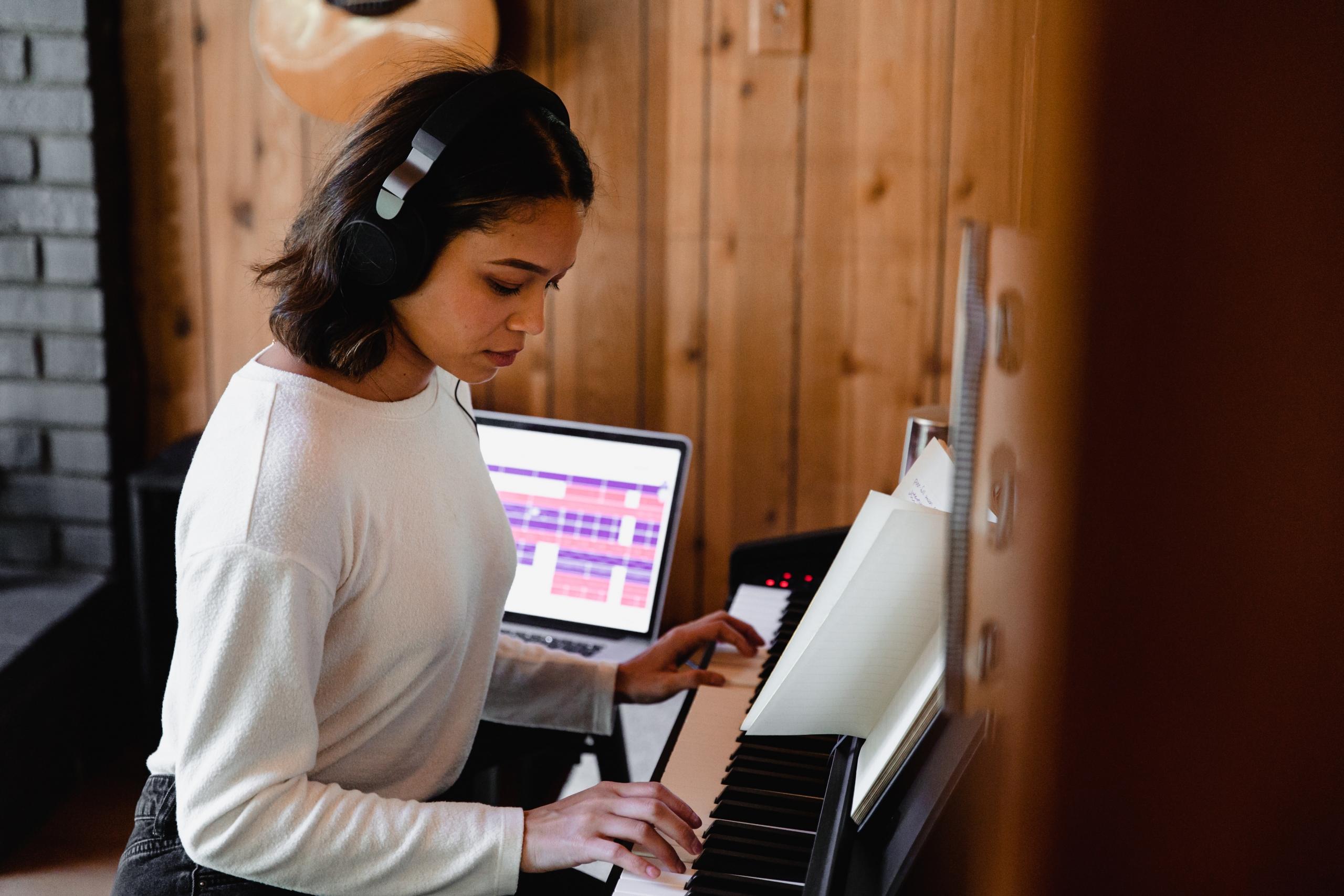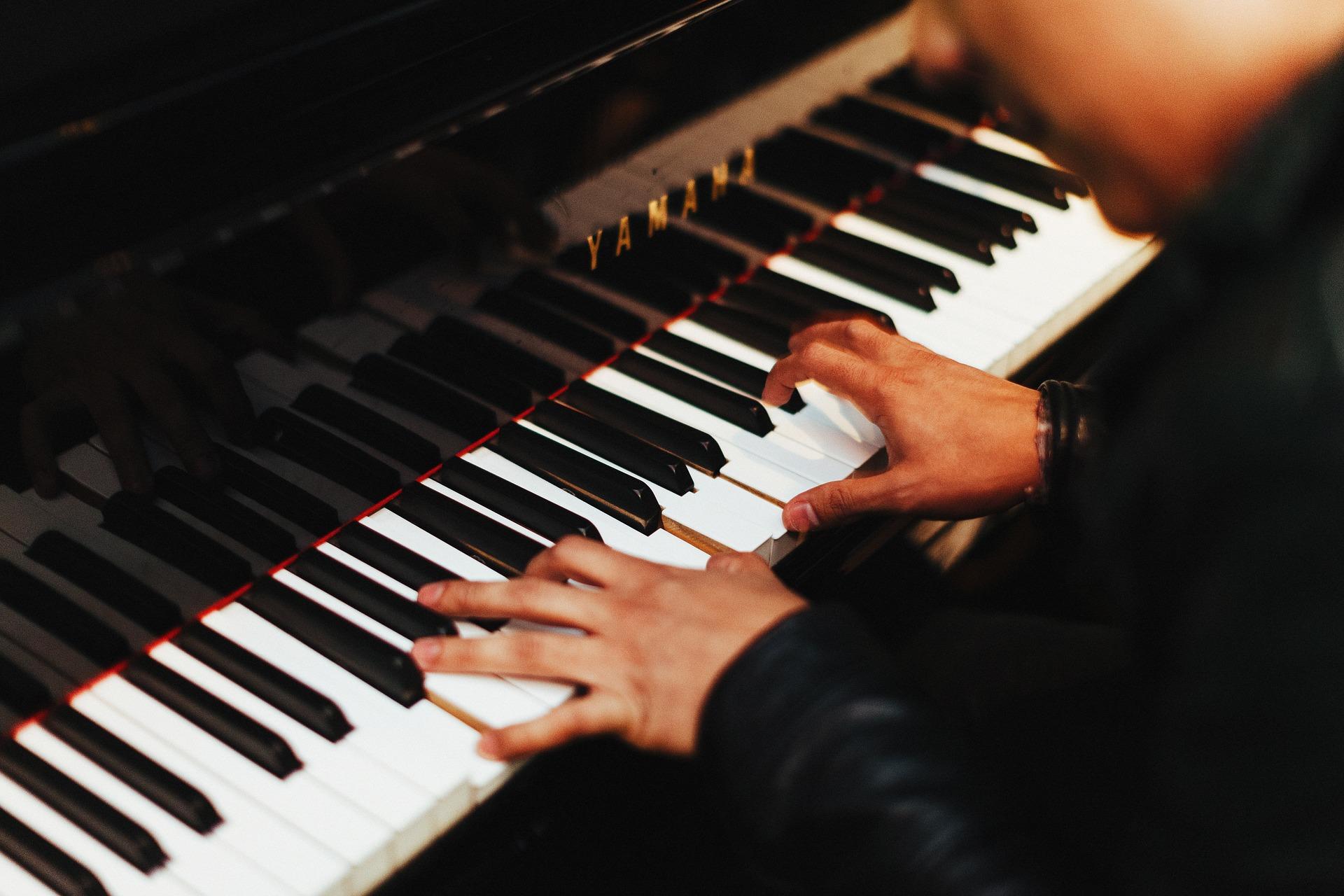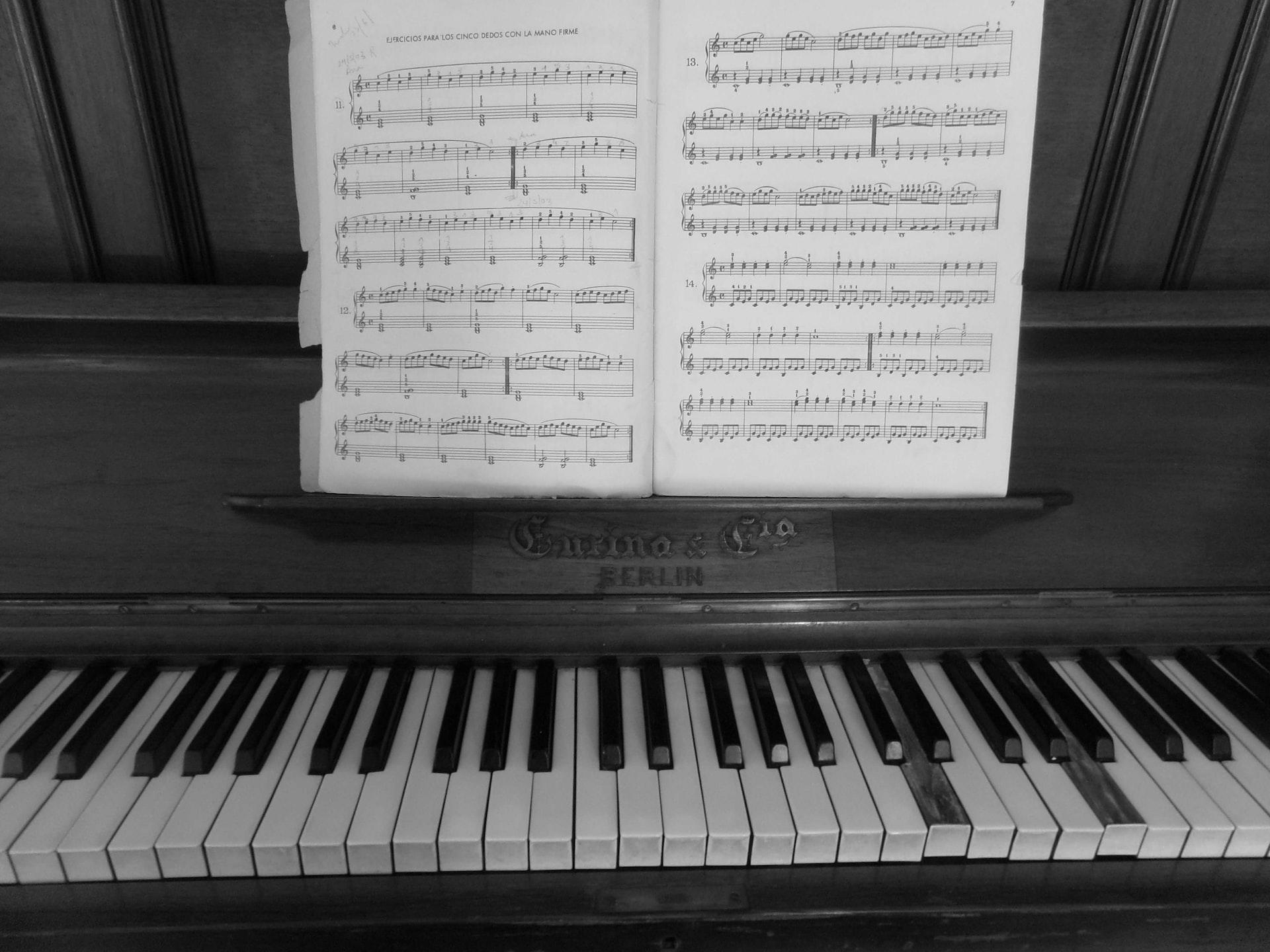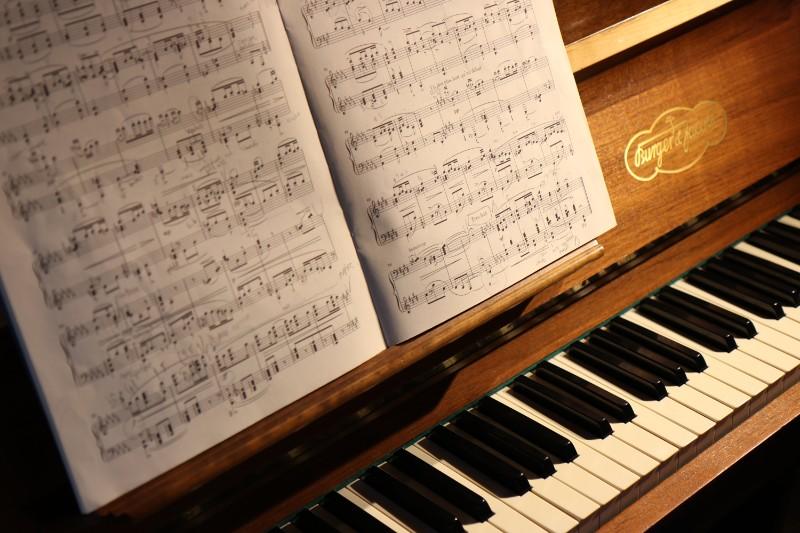Practising scales is one of the most commonly encountered topics when exploring ways to learn the piano. However, before you can practise, you need to become familiar with what scales are, and what kinds of scales can be learned.
"Prayer is when you talk to God. Meditation is when you're listening. Playing the piano allows you to do both at the same time."
- Kelsey Grammer

What’s a Scale?
A scale is a series of seven notes with specific intervals that create an intervallic pattern.
Each scale has a unique character or mood. You can apply this intervallic pattern starting on any note, and it will make a scale with the same personality. When you hear a scale on its own, you’ll notice it easily. But most of the time, you listen to scales in the context of songs.
There are many different types of scale and each one needs to be learnt in 12 keys. It can be very confusing for a beginner to know which scales to learn first on piano and then which order to learn the rest. There are a few scales it makes the most sense to start with but then the further you get along your journey, the more flexible your approach should become. You can also discover some piano apps to help you along this journey.
Major scales are the most common and useful to learn first on piano, followed by the natural, harmonic and melodic minors.

Which Scale To Start With
Major scales are the most common and useful to learn first on piano, followed by the natural, harmonic and melodic minors. You’ll recognize it by its bright and super resonant sound.
Major scales seem to be the most commonly used in music and particularly in the beginning stages, you will come across them most often. They are also the simplest to understand and begin playing.
Most students start learning to read in major keys signatures rather than minor partly because minor keys commonly alter a couple of notes. If you want to read music in the key of D major, you must learn the D major scale!
Major scales are also fundamental to understanding how music works from a theoretical perspective. A clear grasp of these gives you a strong foundation from which to learn about how other scales, chords and chord progressions work too.
Once you learn to find them easily on the keyboard, they are useful as a visual framework you can use and adapt to find other scales too. They also help you to understand how a piece of music works and memorize it.
Most piano tutors will advise that you start with C Major as it has no sharps or flats. The C major scale is the most accessible major scale for piano players because it only uses white keys.
Why Start With C?
Starting with C means not having to worry about remembering which notes to use, it’s just a straight line from C to C! This makes it the easiest to play when you’re first learning and trying to get your fingers under control and hands working together properly.
Having no black keys (flats or sharps) makes it much easier to begin reading sheet music, playing from memory or by ear.

C Minor Scales
If the major is the yang, then the minor is the yin – the same, but different. One can’t exist without the other!
The minor sound is melancholy, sad, and dark. It’s also a little less straightforward than the major because there are three different kinds of minor scales!
The essential difference between major and minor is in the third degree of the scale. The third degree is always flattened (lowered) by one semitone in a minor chord or scale. This changes the intervallic relationships in the scale. In a natural minor scale, the sixth and seventh degrees are also flattened by one semitone.
"The only instrument I can play is piano. Whenever I make songs at home, I play the piano and make them on the piano."
- Yoko Ono

Why Learning the Scales of Piano is so Important
When you first decide to learn the piano, you may not think the scales are so meaningful if all you want from the piano is to learn a few songs.
But if you’re going to be a musician with a sharp, creative mind and the independence to learn whichever songs you like and even create some music of your own. Well, then the true value of knowing the scales, of the ability to effortlessly switch between and blend the different scales, especially when reading and writing music, really is immeasurable.
Practising scales is the key to the knowledge of the piano. Not only do they increase your awareness of key signatures, but they also lead to finger endurance and muscle memory. Your speed-playing scales will turn into confidence and ease in the pieces of music you play.
There is a reason why composers and pianists of all skill levels practice scales they are the key to learning about new major keys and new ways to express themselves.
The best way to learn to express yourself with the piano is by practising and maybe even taking a few lessons with an online tutor. Why not try some lessons with one of our Superprof Tutors today? Discover our available online and in-person Piano tutors, most of whom provide the first lesson for free.















